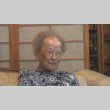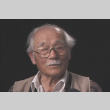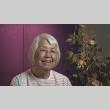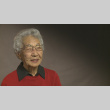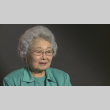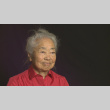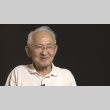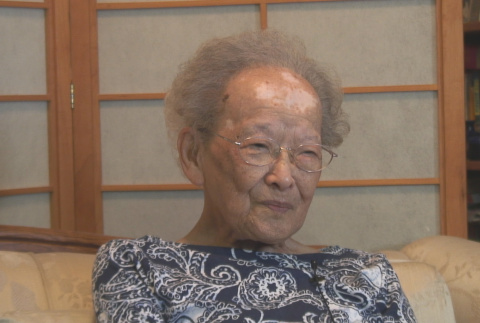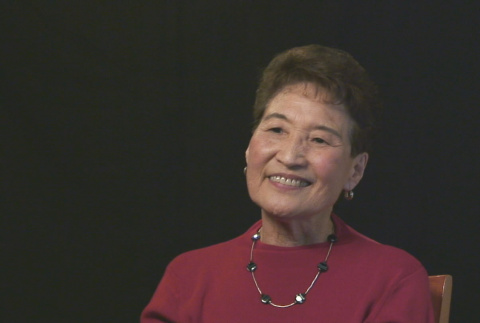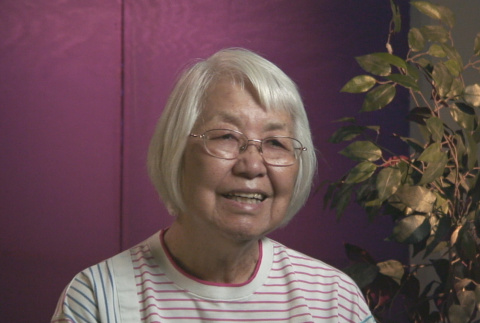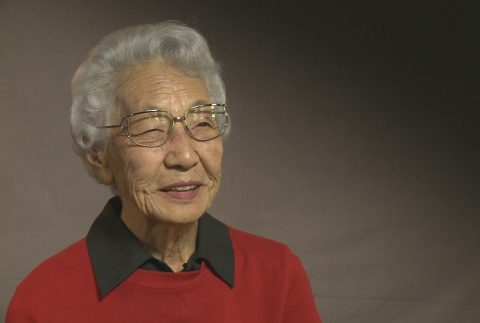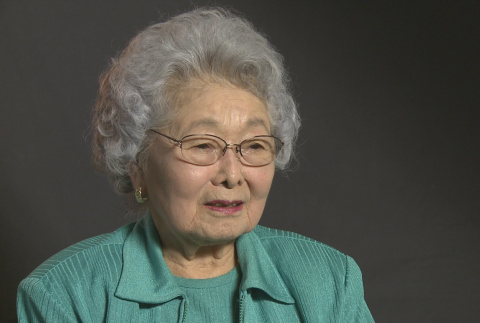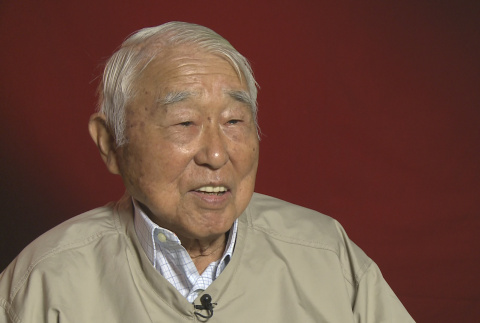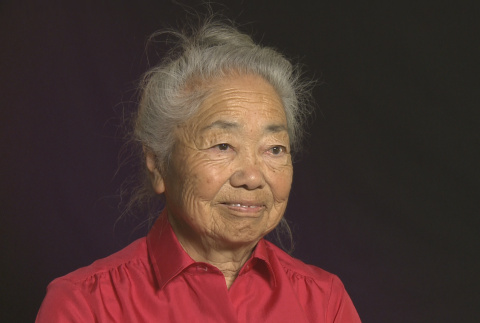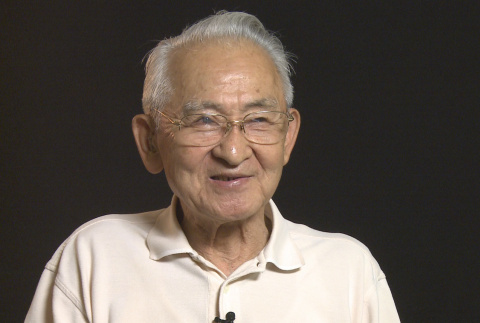Agriculture
Many Issei (first-generation Japanese immigrants) began as sharecroppers. Others sought to buy land, but the Issei had to overcome obstacles preventing them from competing with white farmers. California and other states passed alien land laws prohibiting Asian immigrants from purchasing or leasing agricultural land. There were ways around the discriminatory laws: an Issei father could put the property in the name of his American-born child, or issei could form corporations in which a majority of the shareholders were American citizens. Despite the alien land laws, Issei farmers played a significant role in West Coast agriculture. In the years just prior to World War II, Japanese American families grew 35 percent of the produce in California. By the 1920s, Japanese Americans supplied 75 percent of the produce and half the milk to the Puget Sound region.
Industry and employment
(482)
Agriculture
(778)
Related articles from the
Densho Encyclopedia :
Seabrook Farms
